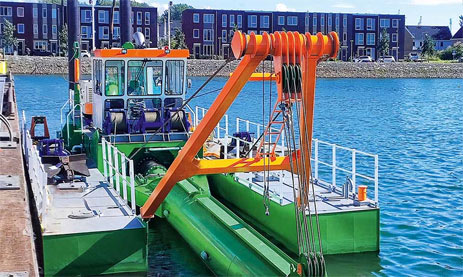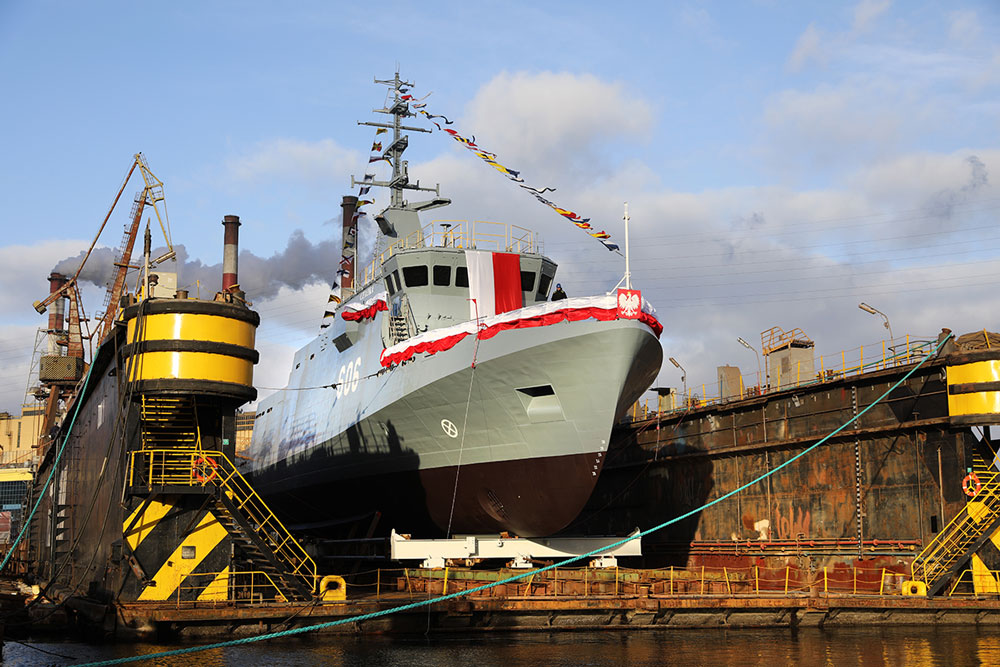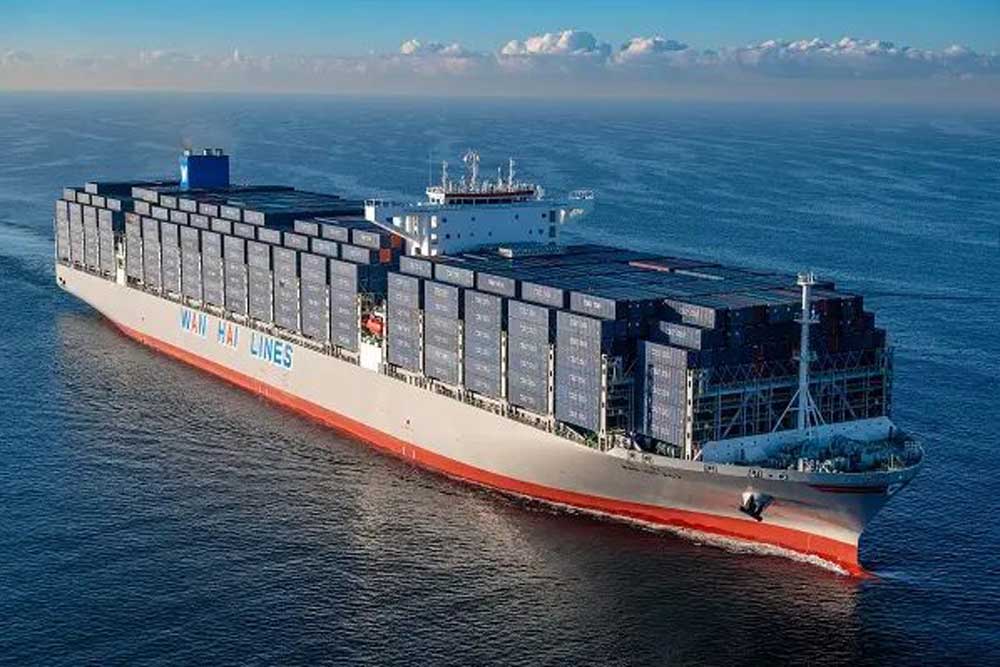The IMO’s “Net Zero Framework”, which aims to reduce emissions in the shipping industry, has a direct impact on bunker costs.
Additional costs of over 80% are expected by 2035 – this means a burden of almost 100 billion dollars for the industry. However, there are also opportunities.
According to the British consultancy Maritime Strategies International (MSI), there are already initial indications of how the International Maritime Organization (IMO) framework will affect the bunker market. A continuation of the estimated annual fuel consumption from 2024 to 2035 (with bunker price forecasts) provided an outlook on the future costs for conventionally powered ships. The IMO surcharge will therefore be felt very quickly and very clearly: By 2035, these additional costs alone will correspond to 82% of the total bunker costs of the fleet. Calculated on the basis of the 30,000 ships recorded in the MSI database, this amounts to almost 100 billion dollars per year.
IMO adopts CO2 tax for ships
Following the 83rd session of the IMO’s MEPC (Marine Environment Protection Committee), shipping is the only sector in the world in which a global price for CO2 emissions applies. With the final resolution of the law, shipowners who do not meet certain emission targets will have to pay “penalties”. Alternatively, they can buy emissions certificates or redeem certificates they have already purchased.
These measures are intended to accelerate the transition to clean, sustainable fuels. In this sense, the higher costs can also be seen as an opportunity for the energy transition. 100 billion per year collected through the levy could be invested in the development of low-carbon alternatives and the associated infrastructure. A “bonus” for ships that already reduce emissions is also conceivable – and would be an additional financial incentive to switch to alternative fuels and take further measures to decarbonize, such as retrofitting with sails or using voyage optimization programs. (JW)














